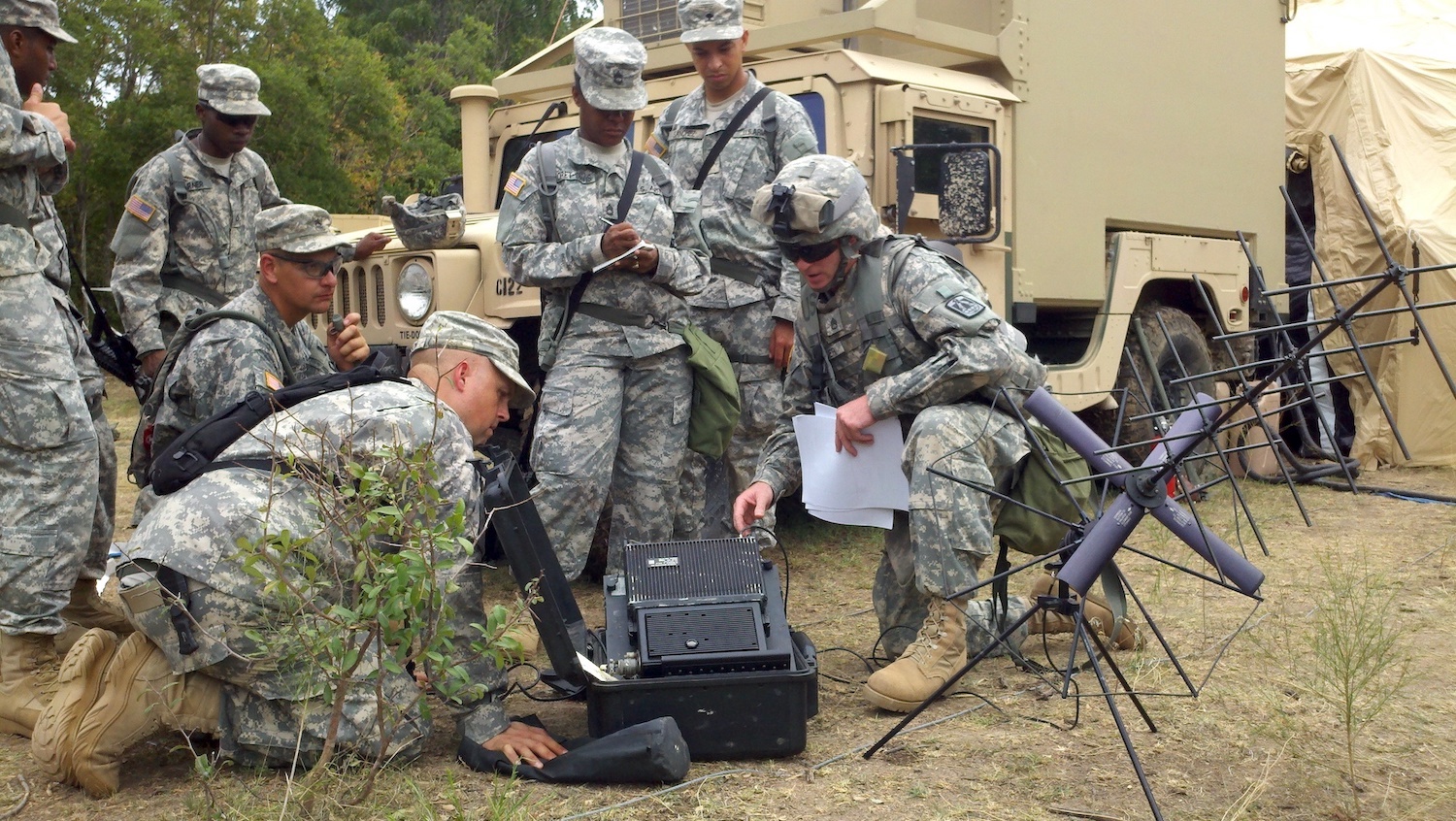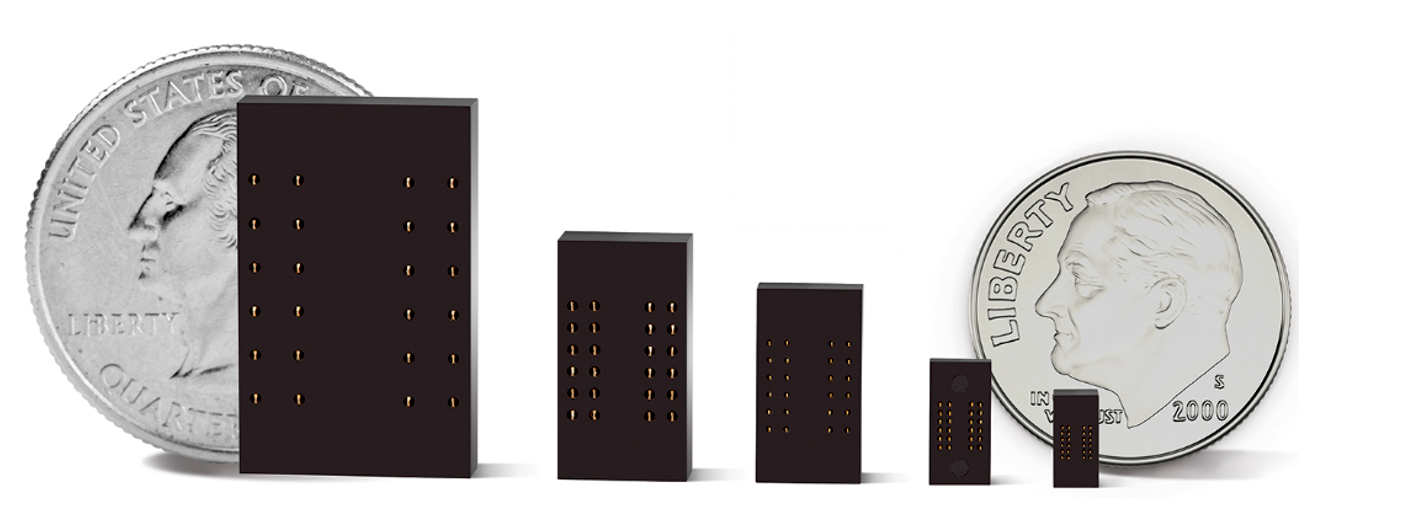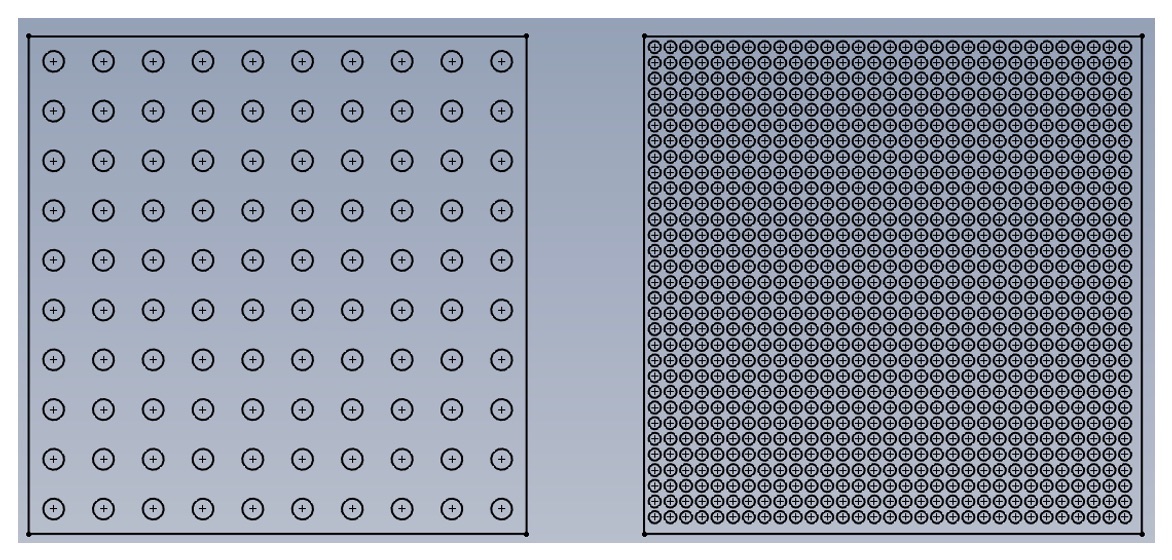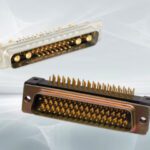The Future of Military Interconnects: Migrate Away From the “Golden Hammer”
Old solutions and ways of thinking get in the way of truly innovative solutions. As designers of military interconnects look for ways to shrink down products while adding functionality, many are turning to the semiconductor test industry for the new approaches needed to create optimal solutions.
“The Psychology of Science” by Abraham Maslow introduces the law of the instrument with one of the first references for the phrase, “If all you have is a hammer, every problem looks like a nail.” The idea of using a universal “golden hammer” to solve multiple problems can be found in functions such as software design. Developers tend to use the same exact tools and baselines when developing new code for projects, even though they may have completely new constraints. The same scenario frequently happens in hardware engineering as well. To avoid risk, we often fall back into a comfort zone when designing something new. Is this approach truly optimizing the design? In military and aerospace product design, engineers face a harsh new reality: They must develop robust product solutions in less time, on a smaller scale, and at a lower cost. This new reality is driving out-of-the-box thinking that draws parallels with the semiconductor industry.

U.S. Army soldiers conducting field-expedient tactical signal channel satellite terminal training in Fort Hood, Texas. (Image courtesy of GovWin, a Deltek Network, per CC BY 2.0)
Semiconductors: Smaller, Faster, Cheaper, Repeat
The semiconductor industry continues to experience incredibly rapid transformation. Products that represent breakthrough technology are typically obsolete within three to five years after they are introduced, so engineers must develop new products and solutions in a matter of weeks and months instead of years. As a result, there is a constant need to evaluate whether a better solution exists for solving a size, weight, or cost problem. This sounds a lot like the challenge facing interconnect design for the mil/aero market space: Designers must develop more capable solutions using breakthrough technologies.

Five examples of board-to-board connectors, each containing 24 pins in increasingly tighter pitches. From left to right: 2.54mm, 1.27mm, 0.80mm, 0.5mm, and 0.35mm pitches.
Military customers and the companies that serve them are challenging engineers to shrink the size and weight of components, and at the same time they are asking for increased functionality. Innovative designers understand that new ways of thinking are required; the golden hammer isn’t the tool for this new era of design.
A good example of this new approach can be found in board-to-board connectors. In the past, designers have utilized flex circuits to connect adjacent boards or a header connector with pogo pins. The majority of pogo-pin solutions have at least a 2.54mm pitch between adjacent pins. This may seem small at first, but as functionality requirements increase, the number of required pins and resulting header size increase rapidly. If using a flex circuit, the amount of additional effort required for layout, routing, assembly, and special processes can add additional cost and real estate to the final design.
Consider Interconnect Solutions from the Semiconductor Test Industry
Semiconductor test applications routinely contain strict requirements to make and maintain contact at pitches of 0.35mm and below. A pogo-pin solution designed to contact bare silicon with enough force to survive random vibrations in a burn-in chamber, while maintaining enough pointing accuracy to contact arrays containing thousands of contact points, allows for the test and validation of new silicon devices. These pins can range from a height of 10mm to as low as 1mm, giving design engineers a high degree of flexibility when connecting adjacent board assemblies, and are typically held in place with adjoining plastic insulators capable of withstanding temperatures between -50°C and +200°C.

A 4.5” x 0.25” board-to-board connector with 392 pins. Each pin can carry at least 6A of current with a signal loss rating of -1dB at 21.96GHz.
Increased Functionality in a Smaller Space
There is no need to sacrifice functionality when trying to reduce the size of board-to-board connectors. Consider the 2.54mm-pitch pogo-pin-array connector in a 1” x 1” interconnection: Users can expect to have up to a 10 x 10 matrix of pins, assuming room for hardware is excluded. But if we consider that same one-inch-square interconnect with a matrix of miniaturized pins, the user can then have up to 961 pins in a 31 x 31 matrix, which is an increase of over 800%.

A one-inch-square interconnect with 100 pins on a 2.54mm pitch (left) and a one-inch-square interconnect with 961 pins on a 0.8mm pitch (right).
Understanding Your Requirements
To reduce the size of the pin and move to higher pin counts, the question of power and signal handling capabilities should always be addressed. We can’t simply reduce pitch and increase pin counts without considering the total current each pin will see and the expected signal/data transfer rate. The pins in the 0.8mm-pitch example above carry a maximum current rating of greater than six amps and exhibit signal loss of -1dB at 21.96GHz. At higher signal speeds, there are smaller interconnects; when in the proper insulator assembly, these create a nearly invisible interconnect. At a mere 1.00mm compressed height, the T033 H-Pin from Plastronics can deliver a maximum of 4.8A with a signal performance rating of -1dB at 50.1GHz. Though not all applications will require such an aggressive solution, the option for greater performance is always there.

The 1.26mm tall “T033” pin can carry 4.8A with a signal loss rating of -1dB at 50.1GHz.
Break from Tradition
To summarize, the military connector segment faces new challenges as the need for cutting-edge technologies increases. To meet these challenges, avoid reusing older technologies to shoe-horn your current requirements into old ideas. Instead, look to experts from other industries that have the technologies to support next-generation electronics. Since the development of the first integrated circuit by Jack Kilby in 1958, the semiconductor industry has rapidly evolved. Companies that traditionally support the growth and development of the semiconductor industry stand ready to support customers looking to develop next-generation military interconnects.
Like this article? Check out our other Test Equipment, Connection Basics, and Board-to-Board articles, our Mil/Aero Market Page, and our 2020 and 2019 Article Archives.
- The Future of Military Interconnects: Migrate Away From the “Golden Hammer” - September 8, 2020





